5 Global Challenges of e-learning for students — How Can Technology Contribute to Remote Teaching?
The Commonwealth of Learning or C.O.L. is an intergovernmental organization with headquarters in Canada. It works in 54 Commonwealth countries around the world. Their mission is to help Commonwealth member states and establishments utilize distance learning and technologies to expand access to education and coaching.
5 Global Challenges of Remote Teaching
The COVID-19 crisis has had an unprecedented impact on education. Institutional closures disrupted the education of 90% of students globally. When the pandemic struck, the education sector was unprepared and had to seek immediate solutions. E-learning for students was the well-liked option, but what percentage of students have access to electricity, computers, and connectivity? Only half the world’s population has internet access with a good variation within the Commonwealth, starting from nearly 95% access in a rich country like Brunei to 15 percent in several others.
The status of mobile subscriptions is more encouraging, with over one hundred percentile in most countries. But again, the access isn’t universal. So, what technologies can we use to make sure that no student is left behind?
5 Challenges of e-learning for students
Let’s look at the challenges of e-learning from several perspectives.
Remote Teaching Challenges #1: Social issues and, therefore, the growing inequality that institutions have to combat.
Remote Teaching Challenges #2: The pedagogical challenge as teachers had to suddenly start teaching remotely.
Remote Teaching Challenges #3: The challenge is to equip technology to teach as well as to learn in online classes remotely.
Remote Teaching Challenges #4: The psychological impact and the anxieties resulting from the uncertainty about the future.
We will be talking about the fifth matter in a later part.
e-learning challenges for students
While students with resources have continued to learn, the most impoverished children have been the hardest hit. UNESCO estimates that about 11 million girls may never return to school due to this crisis. In PRE-COVID-19 days, these children during a remote region in Bangladesh, for instance, studied in these boat schools, which picked them up from the villages and dropped them home.
Another constituency that is in danger of being further marginalized during this crisis is persons with disabilities. Even in normal circumstances, the participation of persons with disabilities in higher education has been meager, especially in developing countries such as India and South Africa.
Ref: A presentation by Professor Asha Kanwar, President & CEO, Commonwealth of Learning at the 3rd International Conference on Distance and eLearning (ICDEEL-2020), International Islamic University Islamabad, Pakistan, September 30, 2020.
A case study in real-world: Preeti Dabi
This girl in Mauritius could not pass her class 9 exam because she didn’t have a braille textbook. Now that she has been provided learning resources and assistive devices, she’s doing well in class and plans to go to university.

More persons with disabilities prefer distance learning as it is more convenient, affordable, and provides a degree of anonymity.
Allama Iqbal Open University has special programs for persons with disabilities. They are equipped with providing valuable lessons for other institutions.
Because of the pandemic, youth unemployment is high globally. Here again, women and girls are more disadvantaged. In collaboration with COURSERA, C.O.L. has offered free training opportunities to a hundred thousand persons around the Commonwealth. These girls from Fatima Jinnah Women University have completed the programs for workforce recovery from some of the top universities in the world.
Difficulties of e-learning
Another impact of the pandemic has been loss of morale and lack of motivation, especially among women and girls from remote regions. Commonwealth of Learning has initiated a commonwealth-wise women mentorship program for underprivileged girls, leading them to develop leadership skills.
Challenges of Remote Teaching
Pedagogical challenge and how institutions can address issues of teaching and online learning in this changing world -
No one was prepared for the sudden transition to e-learning. Teachers had to move overnight from classroom lectures to online teaching. Students had to learn remotely without much support, and parents were expected to help students with their lessons. So would access to quality content have had a great deal of contribution?
Researchers in Canada analyzed three types of interactions:
Student — Content;
Student — Student;
and Student–Teacher
to identify which had the best impact on learning outcomes. They found that the student–content interaction was by far the most effective.
Ref: A presentation by Professor Asha Kanwar, President & CEO, Commonwealth of Learning at the 3rd International Conference on Distance and eLearning (ICDEEL-2020), International Islamic University Islamabad, Pakistan, September 30, 2020.
Since content is essential, where do we find quality content?
Today we have a vast resource of available content — OER, aka open educational resources on the internet. OER are educational materials that have been made freely available under an open license and can be adopted, adapted, and translated according to local needs.

A study led by C.O.L. in Antigua and Barbuda showed that using OER reduced the costs of textbooks for students and improved learning outcomes.
Khan Academy in the United States has developed OER in math and a range of disciplines that have been translated into Urdu. This quality content is available to use.
As making the leap towards e-learning, Commonwealth of Learning has developed a repository of OER in higher education, teacher training, and skills development that could also be of use.
Not actually important, just an example. A context already running. We can skip it, if you esire. But as it is global we are talking about, I tries to touch several aspects and zones in the world.
Prospects of e-learning for Students: Being Devoid of Human touch, Sometimes Its scary! Even Online teaching needs personal touch from time to time.
Learners needed a great deal of support during this crisis. Some institutions invested in 24×7 online hubs and call centers. Learning analytics have helped provide personalized learning and kept the human touch alive.
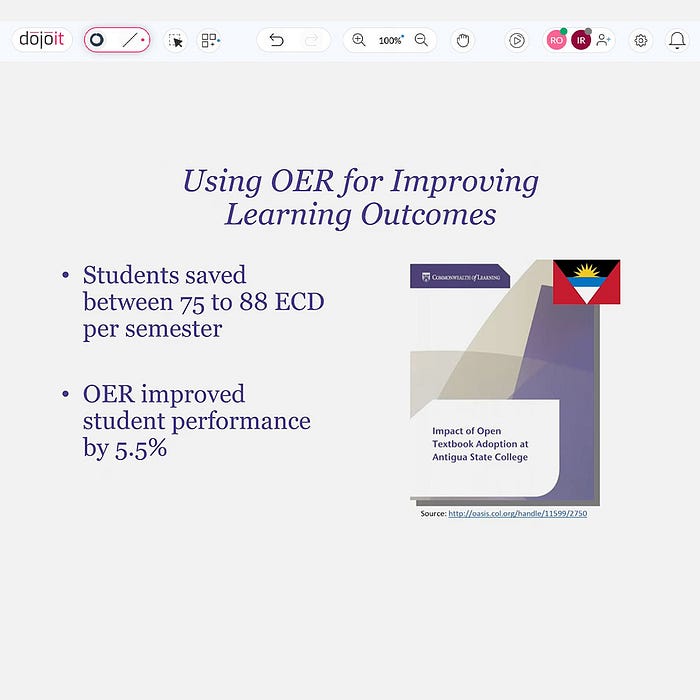
The Open University of Malaysia (link to their webpage) has developed chatbots to provide personalized tutoring facilities to its learners.
Without bi-directional online teaching, students’ learning and assessing what they have captured is difficult. So some AI things has been on the motion to fill in.
Assessment has been another challenge during this crisis. Artificial intelligence-based primary assessment is handy because it perpetually provides feedback to learners, teachers, and oldsters. However, remote learners still learn because of their support and the progress they’re creating. Micro-credentials result in the likelihood of offering shorter just-in-time courses taken at one’s own pace or time
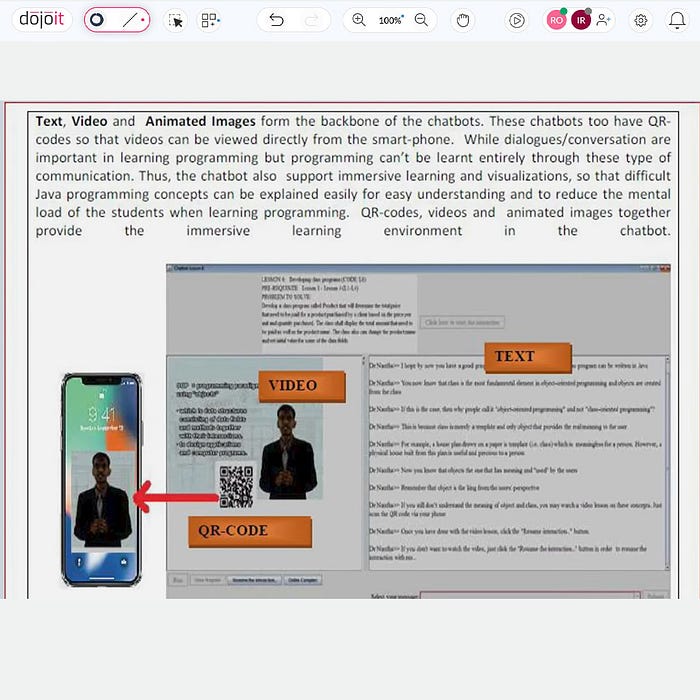
The crisis has highlighted the need for more flexibility and the need to offer continuous assessments through assignments and portfolios. Teachers make the difficult transition from classroom teaching to an online provision like a free online whiteboard and bidirectional visual collaboration tool. The teachers also need capacity building as well.
C.O.L. is offering free massive open online courses, or MOOCS on technology-enabled and blended learning jointly with Athabasca University in Canada for teachers anywhere in the world.
The Use of Technology in Remote Teaching
Now that the world has been forced to use technology, we must ensure that the technologies are available, accessible, and affordable. A recent Stanford University student survey found that 16 percent of undergraduates did not have access to the internet for half the time, and 60 percent of undergraduates from low-income families did not have a private place to study. If this is the situation in a resource-rich university like Stanford, how do we reach our students in developing countries?

Technology Being Used in e-learning
Commonwealth of Learning has developed APTUS, an inexpensive offline virtual schoolroom with learners in remote locations access to digital resources. It is a server that works with a solar charger and a wireless router. It costs approximately a hundred and fifty dollars. It was deployed in a mountain school in Khyber Pakhtunkhwa. We C.O.L. found that teachers were more motivated, and students performed better because they had access to videos and other quality content.
Major Massive Open Online or MOOC initiatives have been taken launched in several Asian countries where thousands of courses are now available in Asian languages. How can we reach those that don’t have access to the internet?
How can technology be used in education?
C.O.L. has developed MOBI MOOCS, which is a platform that works in low bandwidth situations. It has an interface with basic mobile phones.
Ref: https://www.agmoocs.in/
It has been used successfully for training farmers during the lockdown and can also be used to reach remote students.
Suppose we want to reach out to students even in the remotest communities. In that case, we need to use a range of technologies — from print to radio, TV, mobile delivery, and bi-directional online whiteboards and collaboration tools and software.
Another eLearning Challenge
Additionally, the pandemic has also had a huge psychological impact, something we have not given much attention to in the past. Students are anxious about their future. They feel that they are being left behind and are isolated from their peers and friends.
When an earthquake hit New Zealand in 2011, the main focus was to provide emotional support to children and their communities.

Now again, when parents are affected by job losses and students are handling school closures and isolation, the necessity for empathy and well-being has been highlighted as never before.
Technology in education — the challenge number 5
With more persons using technology, we need to look into the challenges of cybersecurity, data privacy, and the safety of network devices. Institutions have realized the value of frequent communications and real-time class conduct in some middle-ground space with their students. For example — the national institute of open schooling in India has established call centers to support learners; similarly, in Jamaica, they have provided free sim cards to parents to access the helplines that the ministry has set up for them.
Challenges of e-learning and possible solutions
As we advance, we need to focus on the three C’s for effective e-learning:
1. Connectivity.
2. Content.
3. Capacity.
Connectivity:
So that we can provide access to quality education for everyone, countries need to invest in ICTsInformation and Commmunication Technology (ICT), which include access to devices, connectivity, and other similar aspects.
New Zealand offered devices for distribution to students, and South Africa and Jamaica ministries have provided free access to platforms by partnering with telecommunication companies. Any investment in ICT infrastructure must make provision for reaching the last mile so that existing inequalities aren’t exacerbated.
Content:
There’s an urgent need for quality e-learning courses. It would require a change in mindset to start using the content that others have prepared from the web and contextualize it to local contexts.
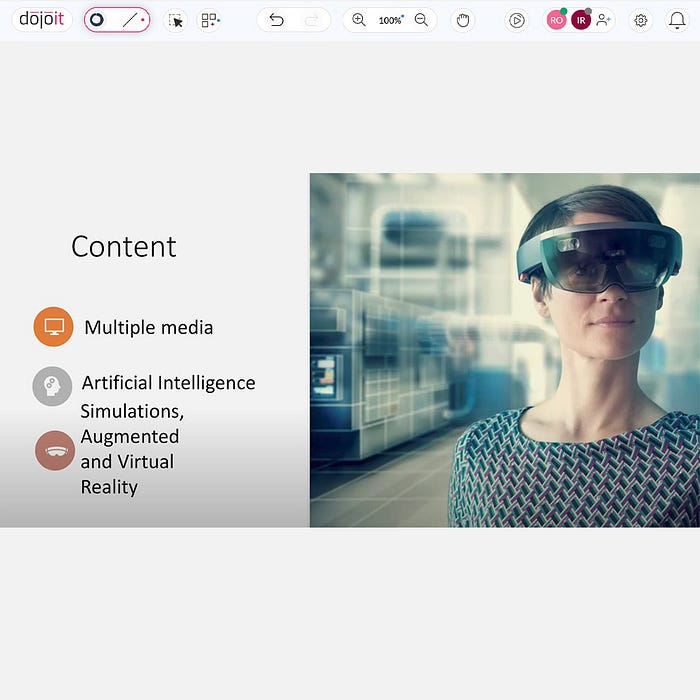
For effective e-learning, we also need to build the capacity of policymakers and practitioners. Governments can develop enabling policies and regulations to promote blended learning to make the education sector more flexible and resilient to deal with future challenges.
For institutions, the top priority must be to build the capacity of both staff and students in e-learning. Research shows that blended learning works best in developing countries, and blended learning refers to a combination of e-learning and face-to-face provision.
Ref: A presentation by Professor Asha Kanwar, President & CEO, Commonwealth of Learning at the 3rd International Conference on Distance and eLearning (ICDEEL-2020), International Islamic University Islamabad, Pakistan, September 30, 2020.
It’s up to the institutions to decide what percentage of each component they need to use depending on the availability of resources. You can see from this chart that there are various options.
Conclusion
The Commonwealth of Learning has also developed several guidelines and instruments that provide practical advice to teachers and instructors for adopting effective e-learning approaches.
C.O.L. also has a repository of curated content that you may find helpful, so don’t hesitate to reach out.
Innovation in edtech
From the experience of this pandemic, one thing has certainly become clear: We that we need to find innovative solutions so that we do not leave anyone behind. like
Dojoit.com and others appropriate to each different context so that we do not leave anyone behind.
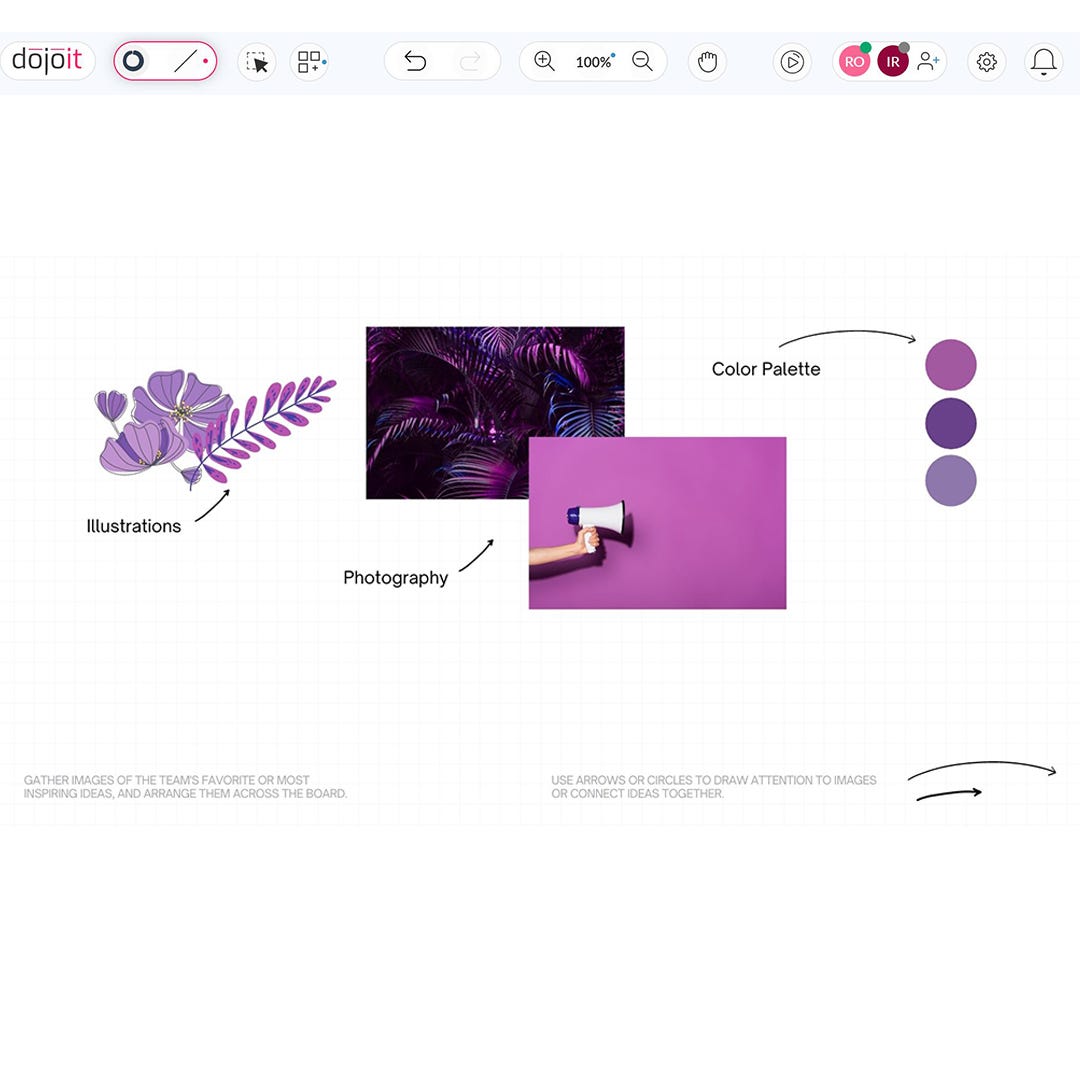
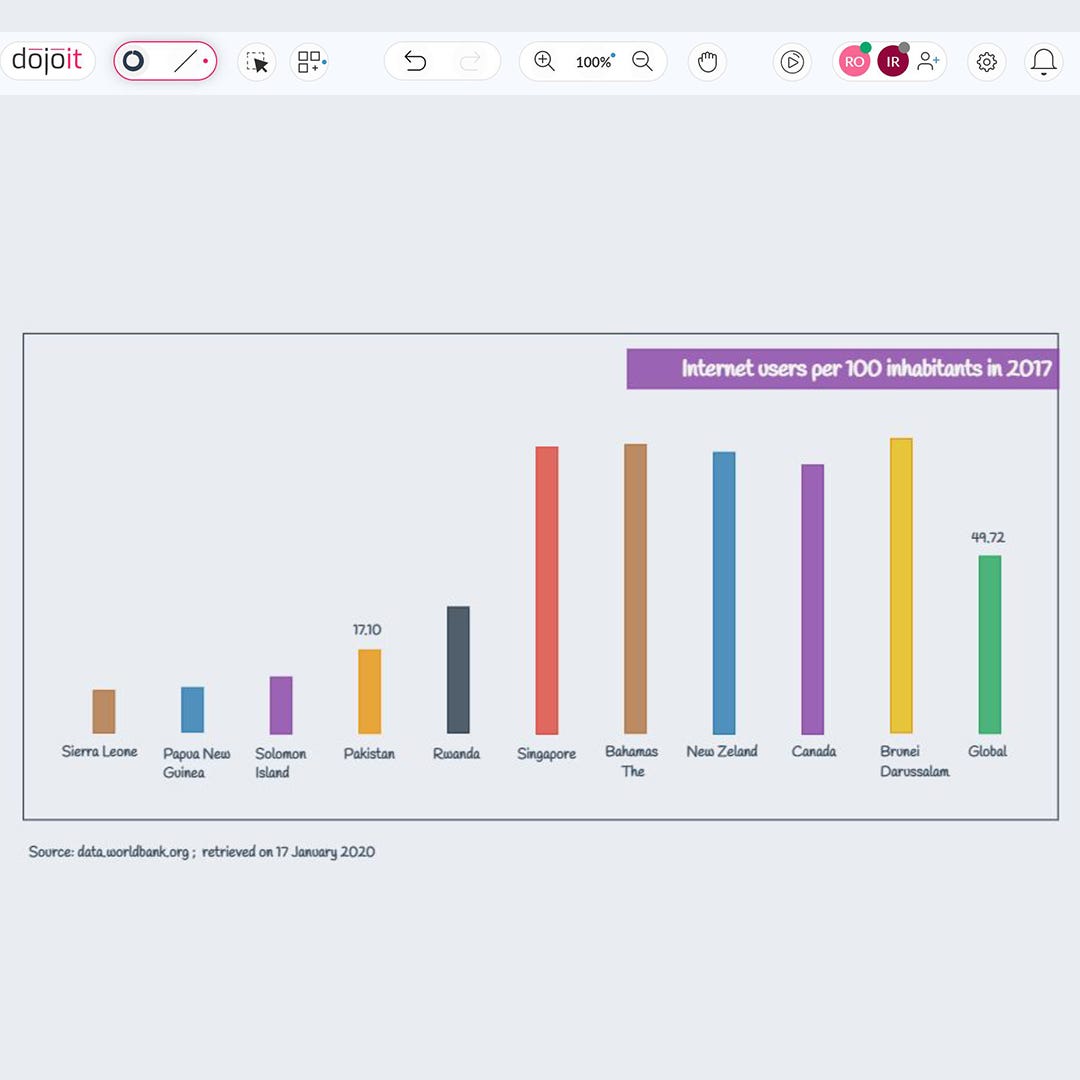
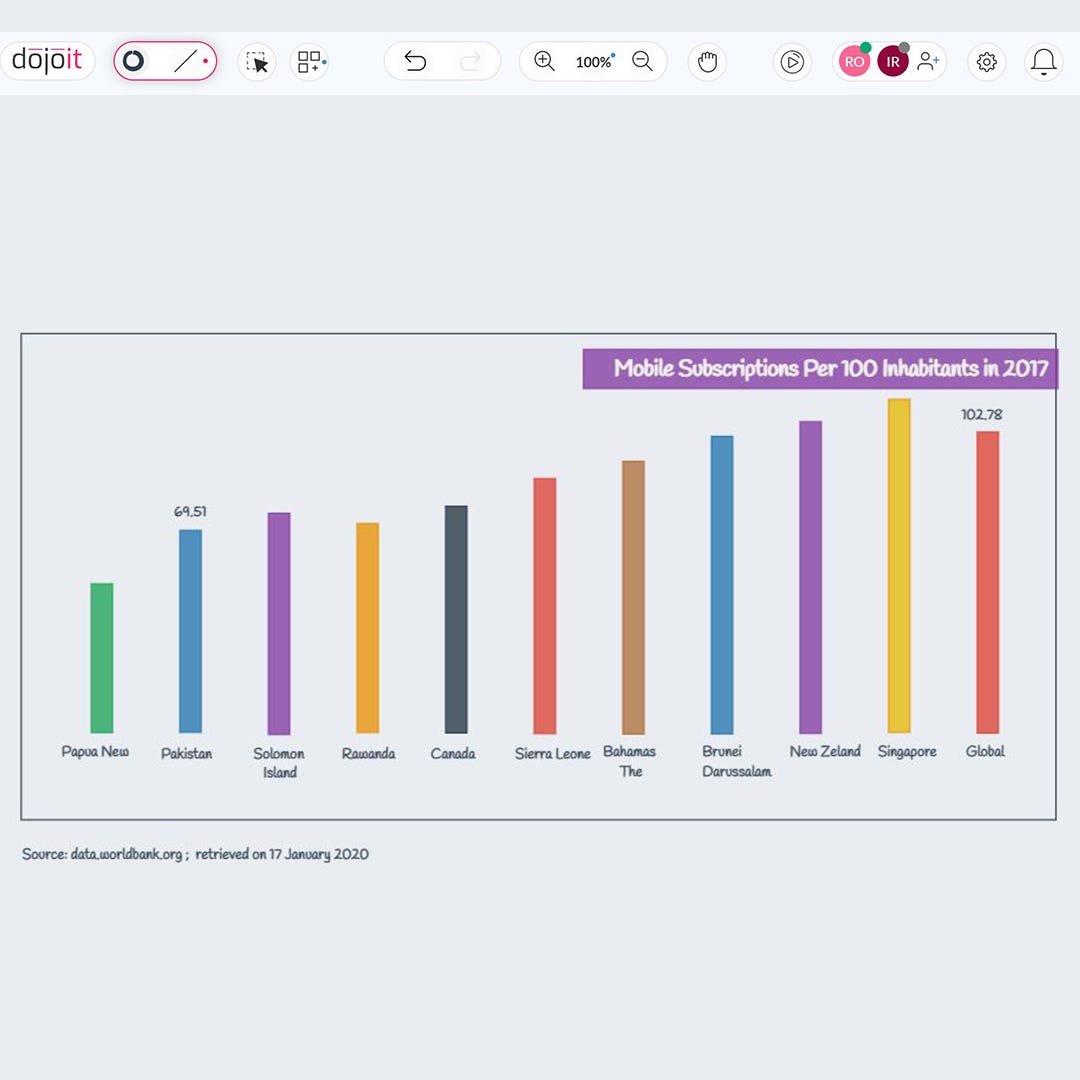
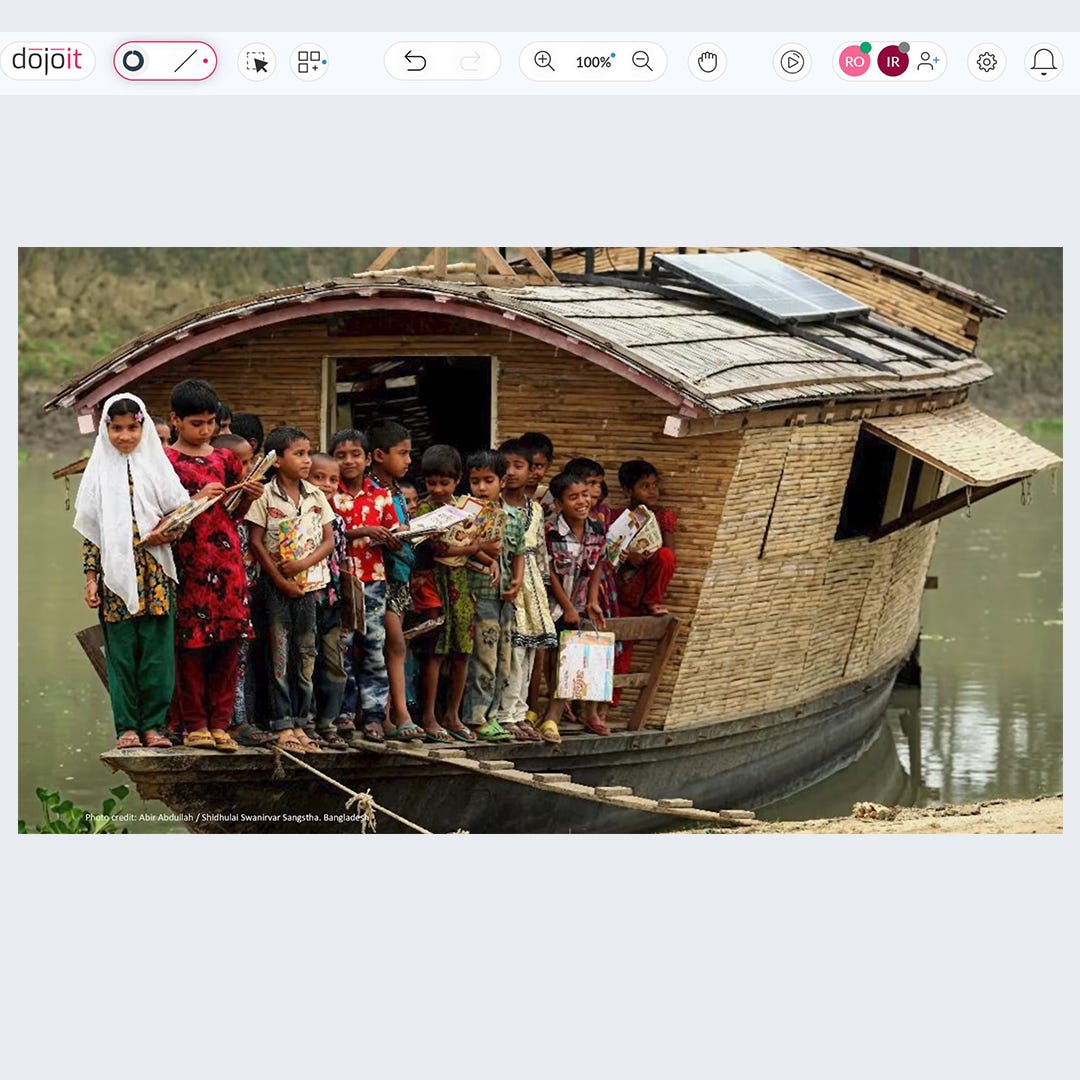
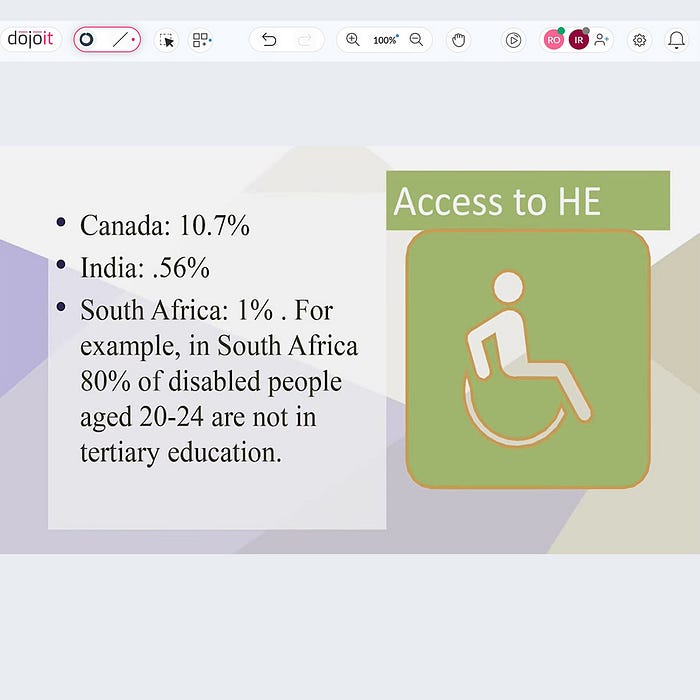

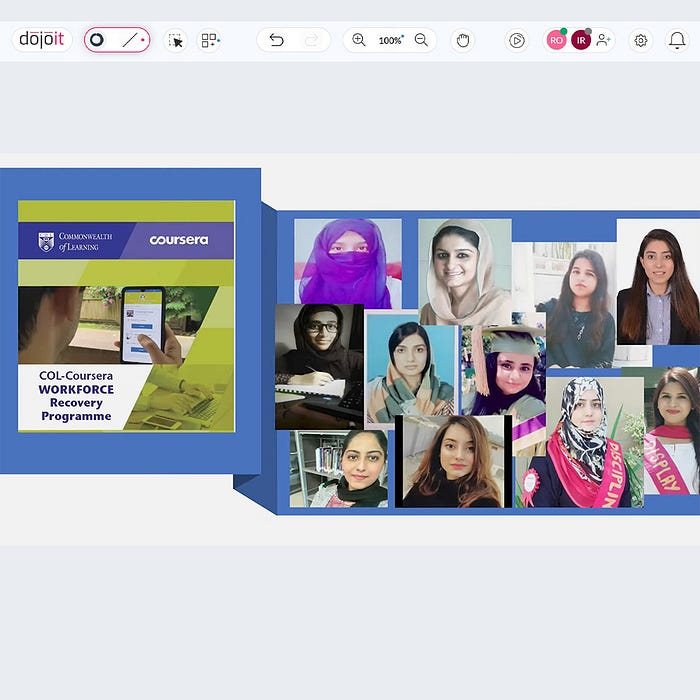
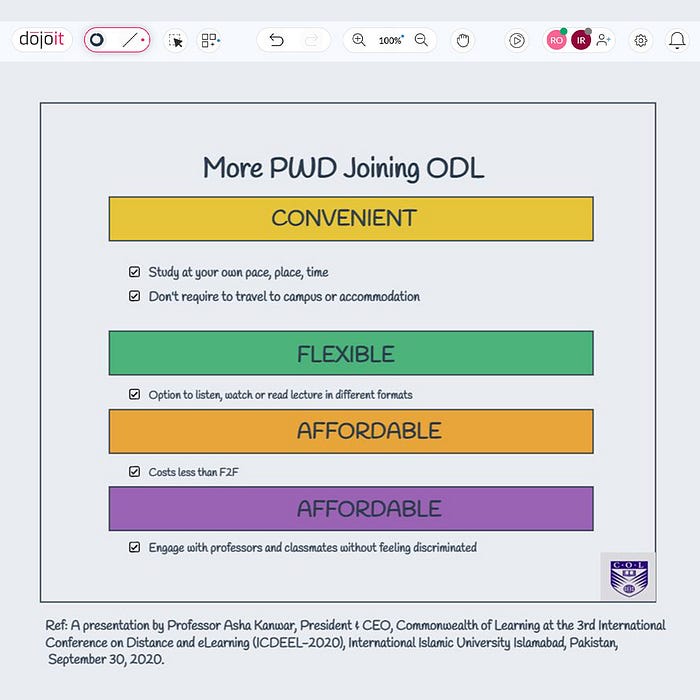
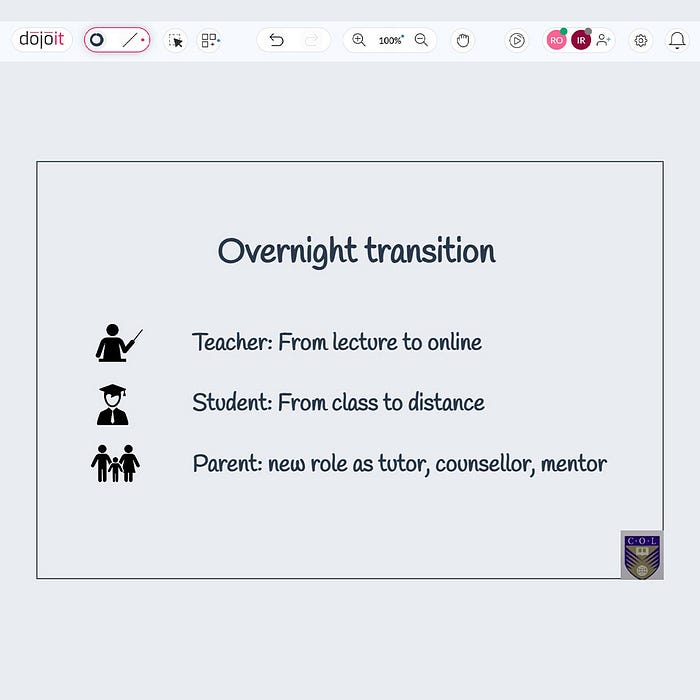
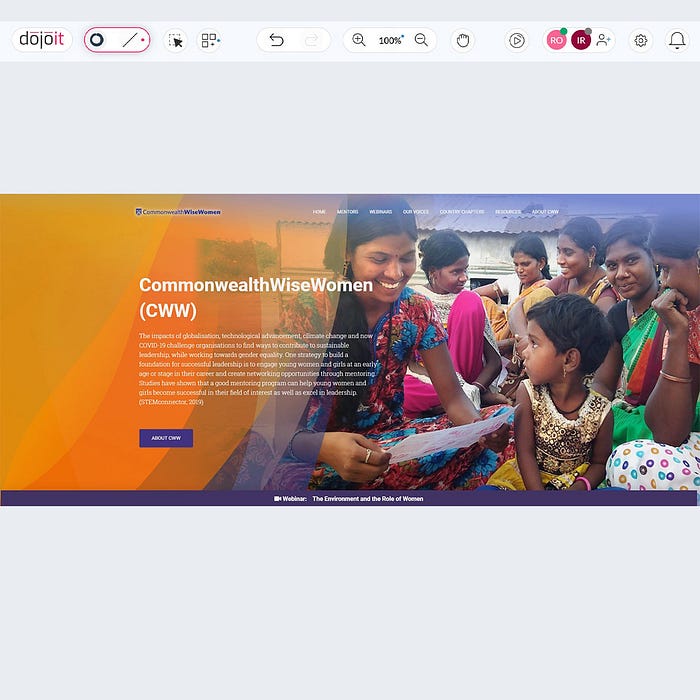
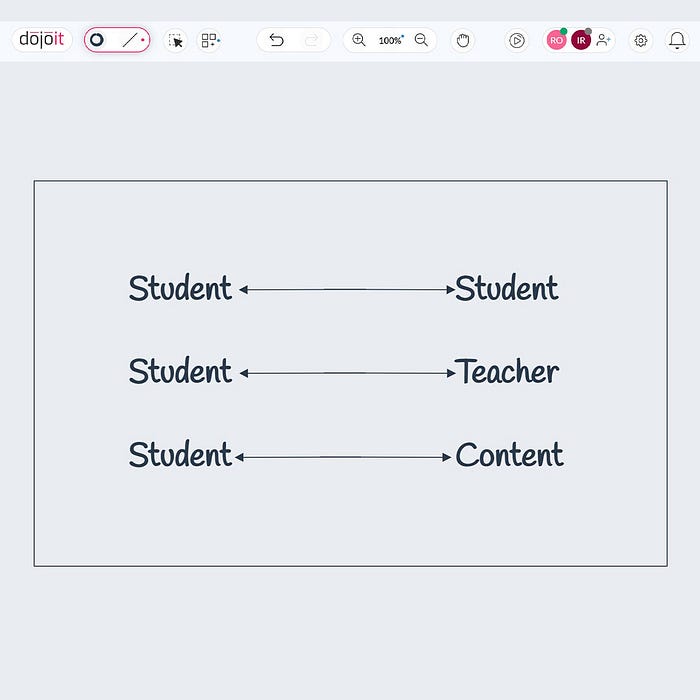

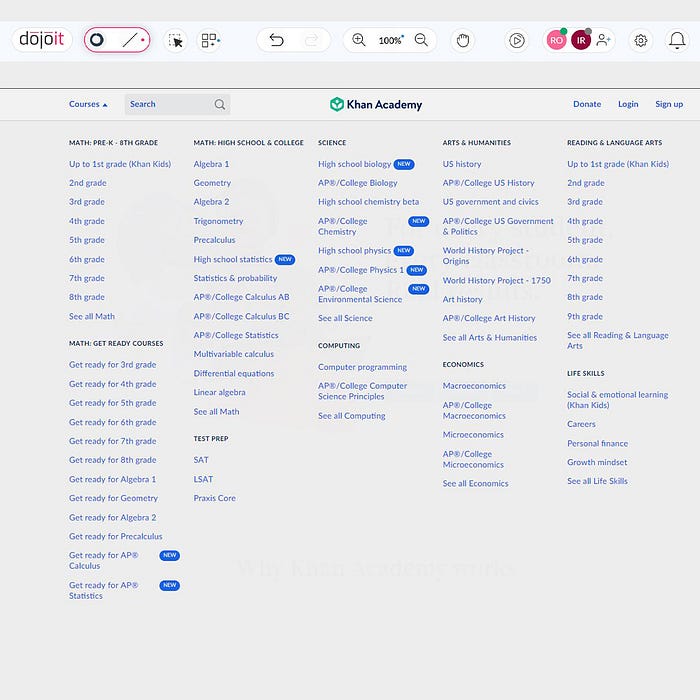

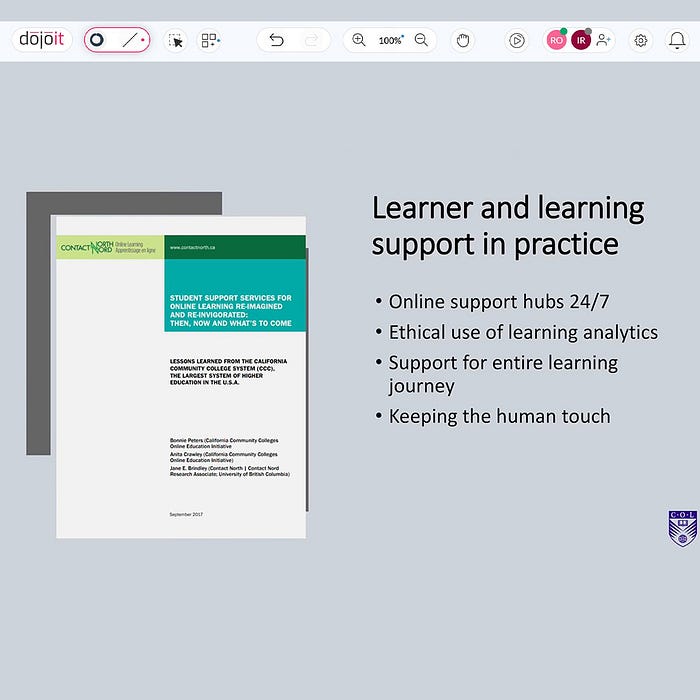


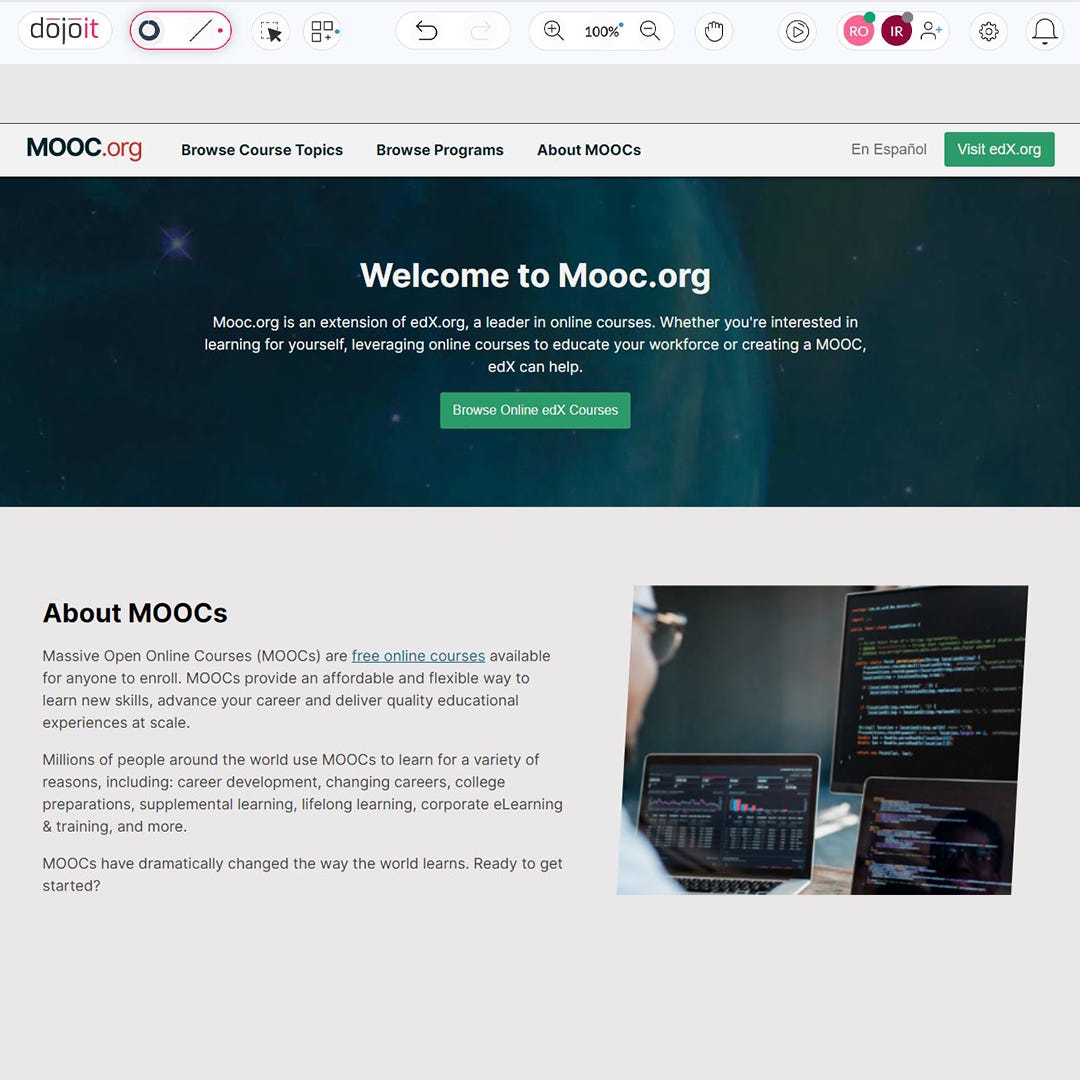

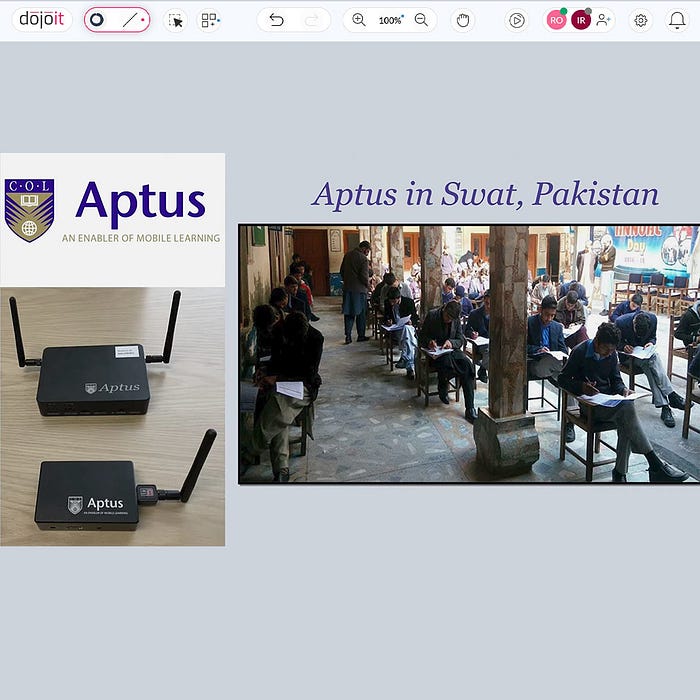
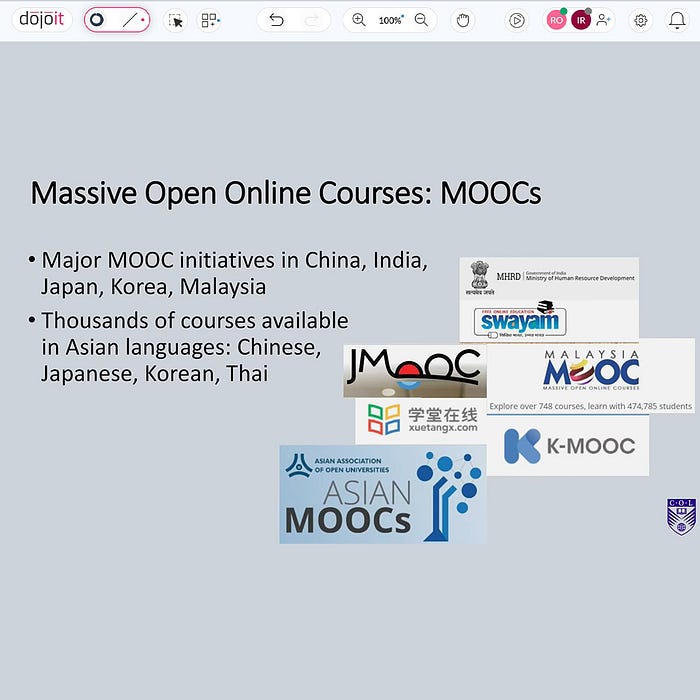


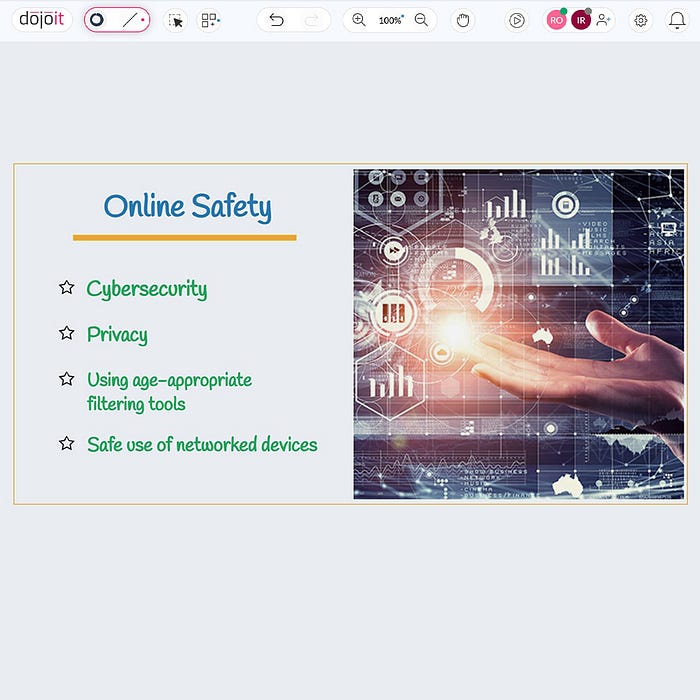
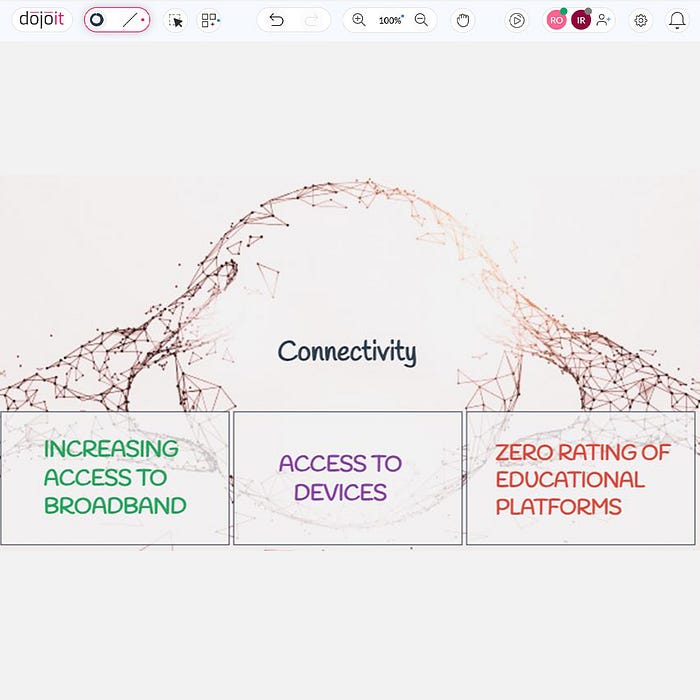

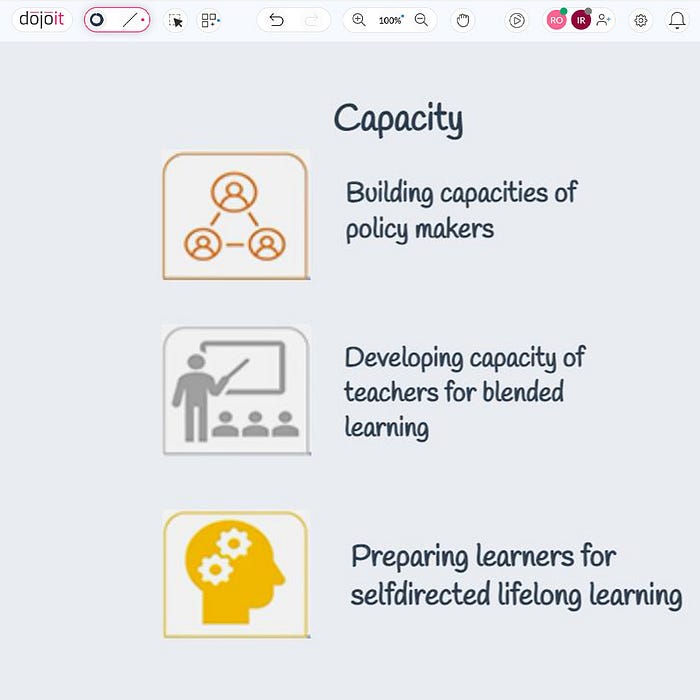

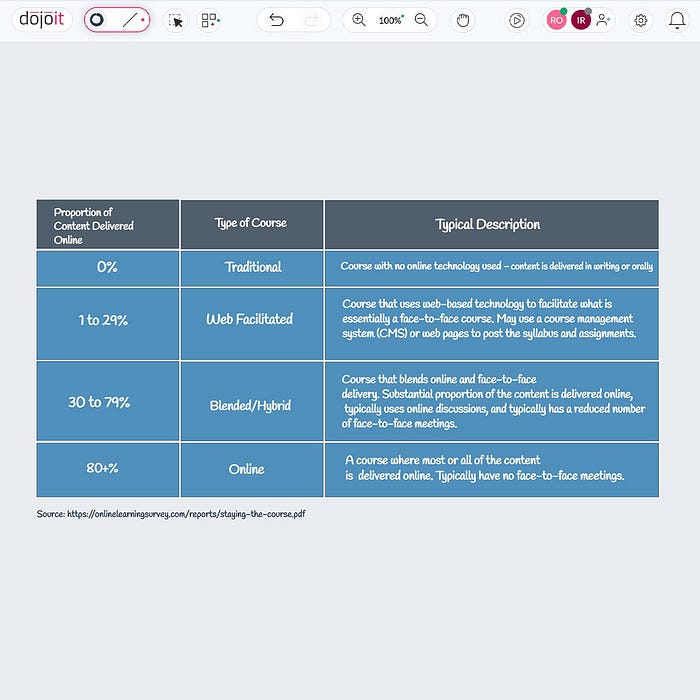
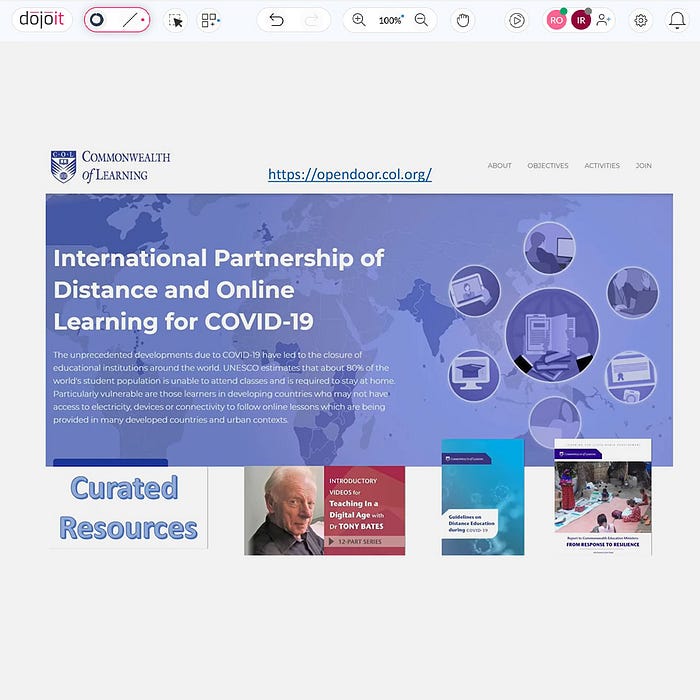
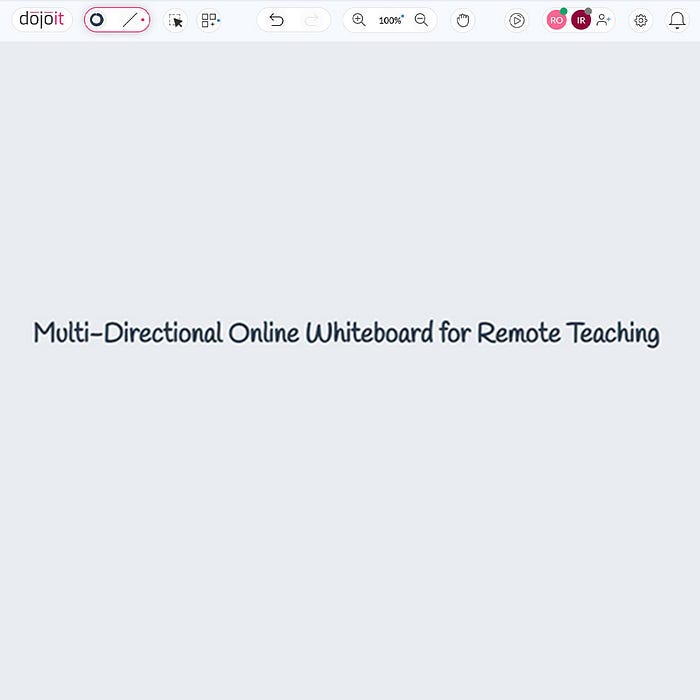

Comments
Post a Comment
please do not post spams.